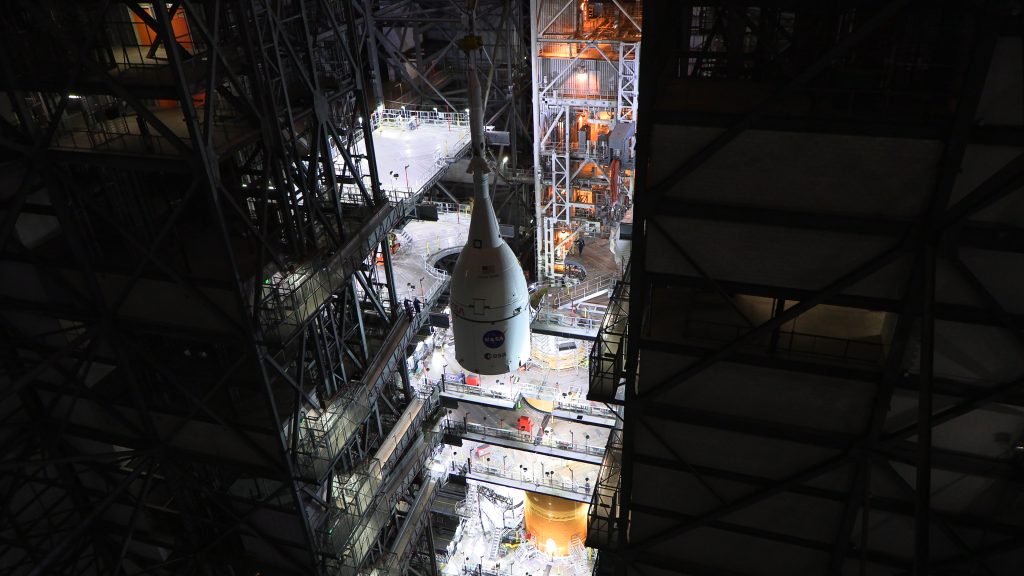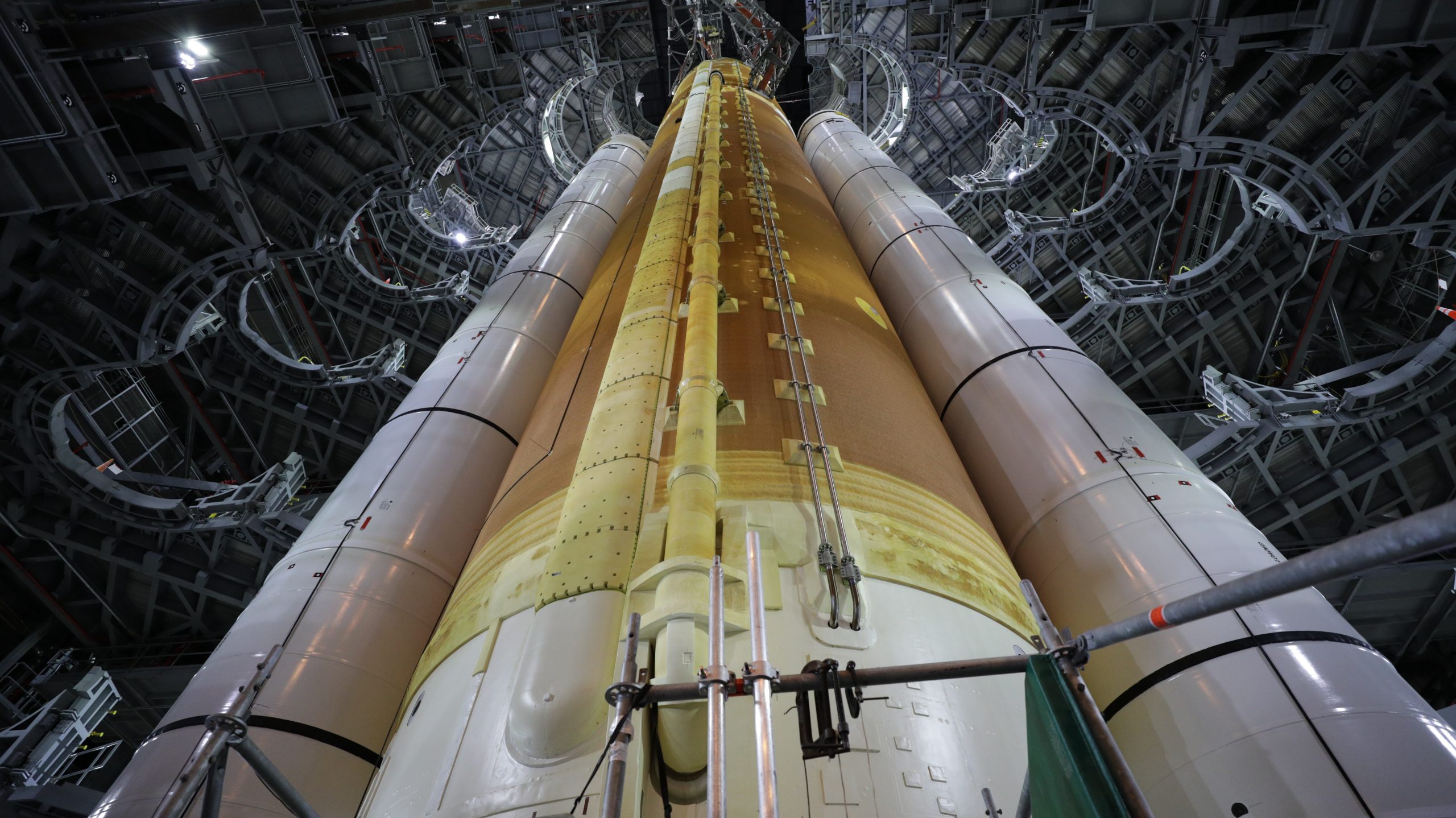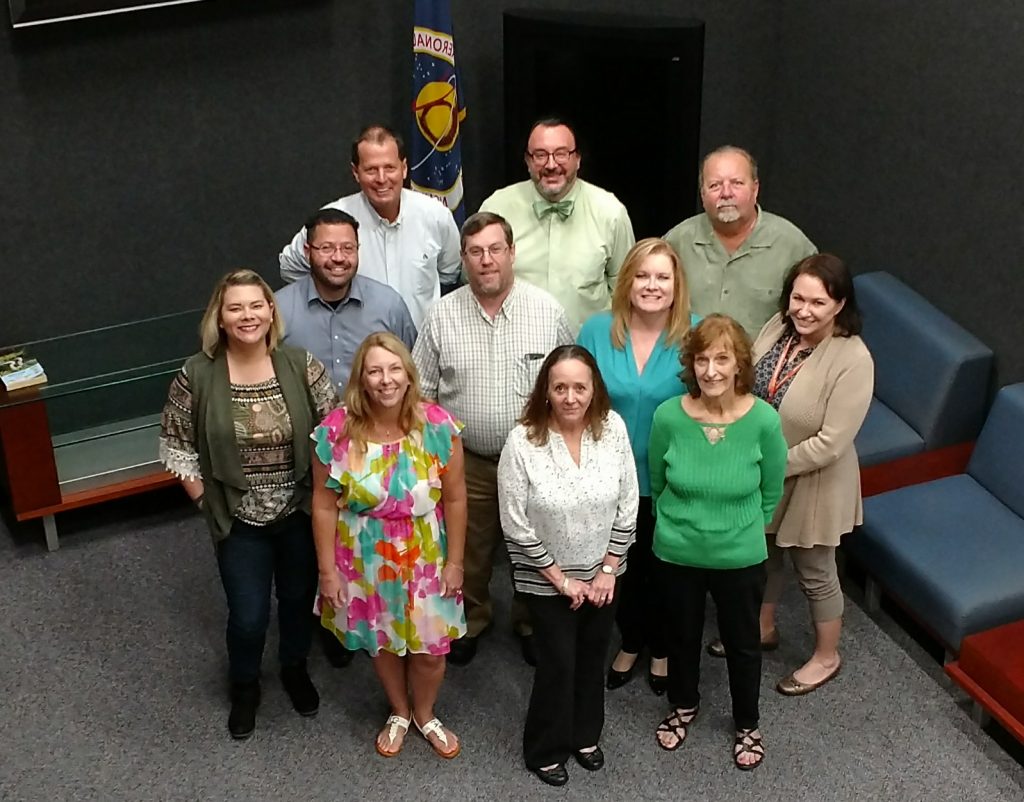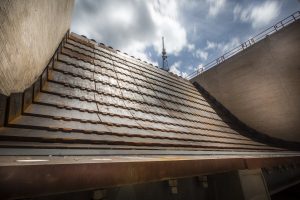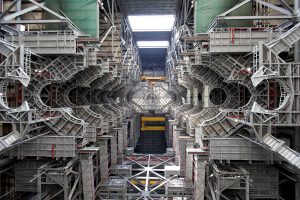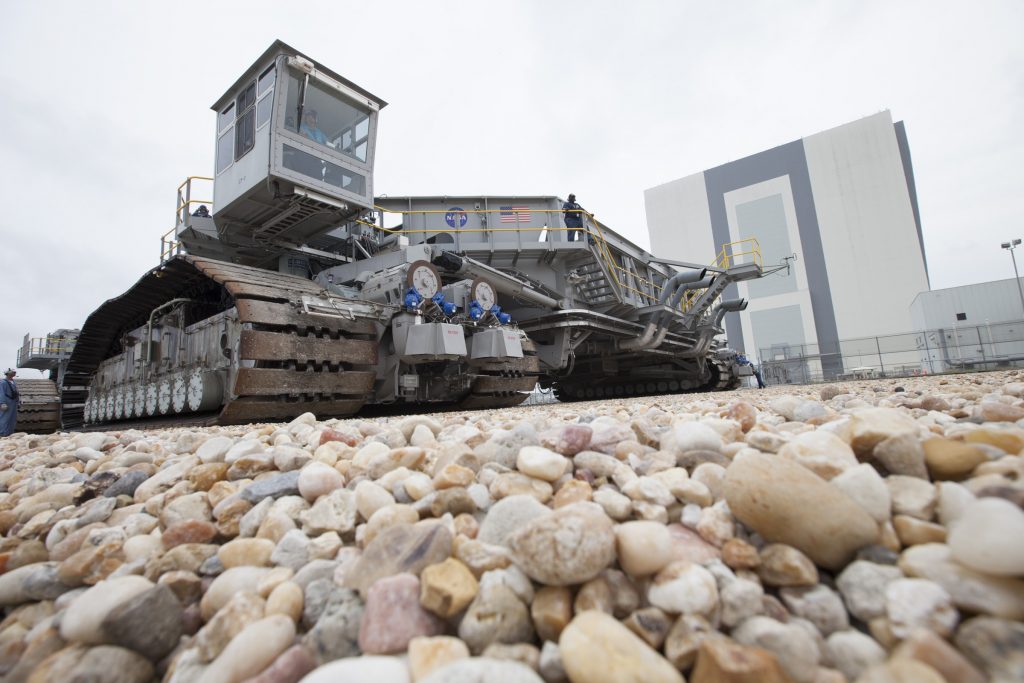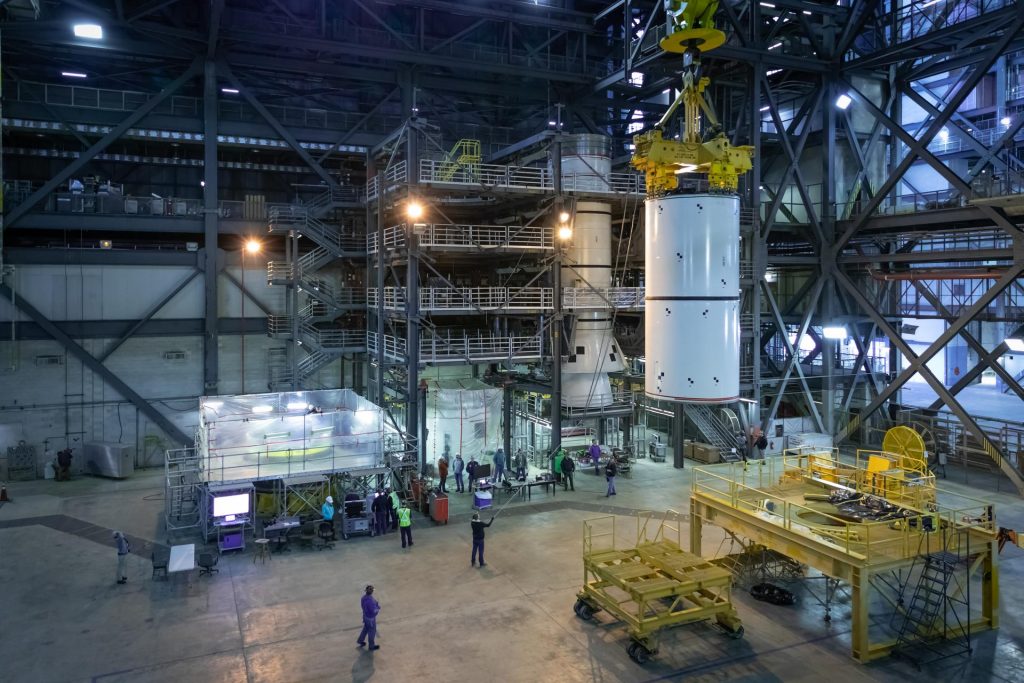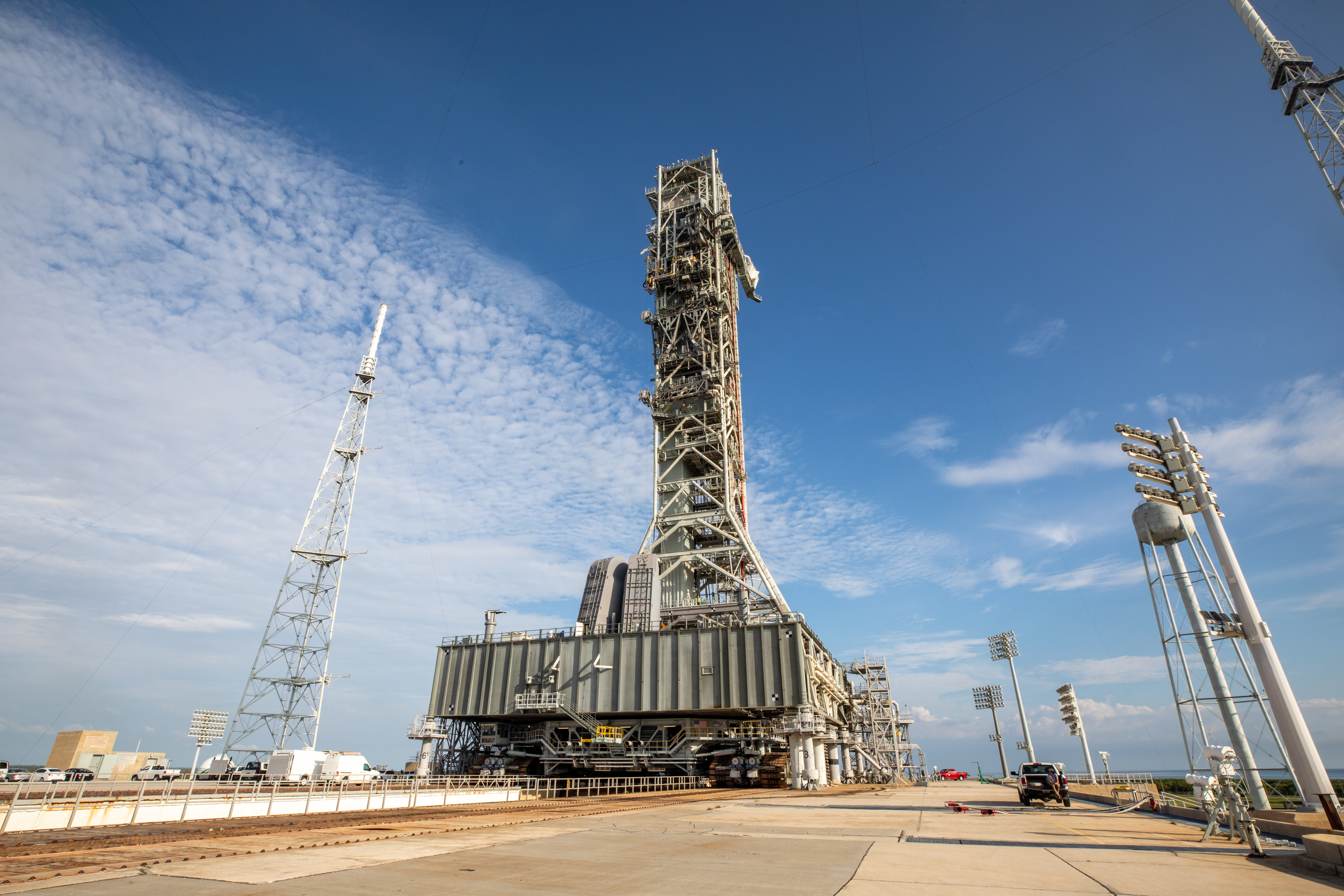
NASA rolled closer to integrating elements of the Artemis II Moon rocket together as teams with the agency’s Exploration Ground Systems Program at Kennedy Space Center in Florida began moving the mobile launcher 1 from Launch Complex 39B along a 4.2 mile stretch back to the Vehicle Assembly Building. First motion of the mobile launcher, atop NASA’s crawler-transporter 2, occurred at 12:09 a.m. EDT Thursday, Oct. 3.
Teams rolled the mobile launcher out to Kennedy’s Pad 39B in August 2023 for upgrades and a series of ground demonstration tests in preparation for NASA’s Artemis II mission. These preparations ranged from a launch day demonstration for the crew, closeout crew, and the pad rescue team, to testing the emergency egress system, water flow system, and the new liquid hydrogen sphere at the launch pad.
On its way to transport the mobile launcher back from the pad, NASA’s crawler-transporter 2 also achieved a milestone nearly 60 years in the making. Already designated by Guinness World Records as the heaviest self-powered vehicle – larger than a baseball infield and weighing approximately 6.65 million pounds – the crawler reached 2,500 miles traveled since its construction in 1965.
The mobile launcher is expected to arrive outside the Vehicle Assembly Building around 10 a.m. Thursday, Oct.3, before the Exploration Ground Systems teams move it into High Bay 3 on Friday, Oct.4.
Follow the livestream of the mobile launcher on the move.

